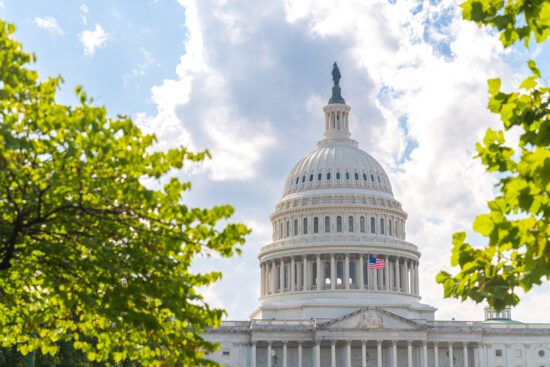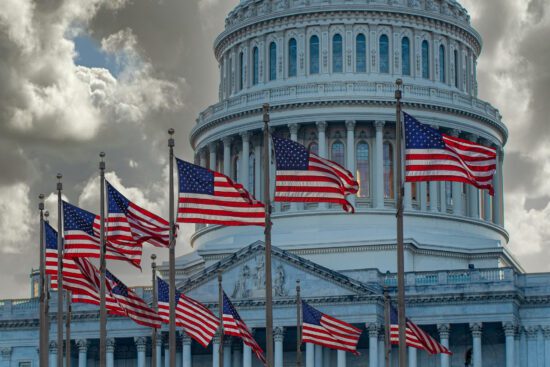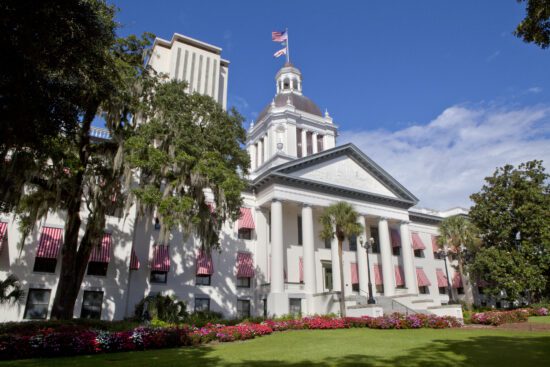Since Roe v. Wade was decided in 1973, states have enacted 1,313 abortion restrictions — 566 of them since the beginning of 2011. But this year alone, there have been an additional 561 abortion restrictions proposed in state legislatures — including 165 abortion bans, introduced across 47 states (all counts current as of June 7, 2021). As the Guttmacher Institute notes, 83 of those restrictions have already been enacted across 16 states, including 10 bans.
Pro-life advocates claim such are effective in reducing state-level abortion rates, while pro-abortion advocates claim the decline was due to expanded access to effective contraceptives and a drop in unintended pregnancies. Who is right?
Types of restrictions and their influence on abortion rates
In an attempt to answer that question let’s consider the evidence that various types of abortion laws and policies have on the reduction in the rate of abortion.* State-level restrictions and policies that affect abortion rates usually take one of the following seven forms:
- Gestational limits
- Partial-birth abortion bans
- Public funding restrictions/bans
- Parental involvement laws
- Informed consent laws
- Increased access to contraceptives
- Physician, hospital, and abortion provider requirements
For the sake of brevity, this will be a summary of the findings on each type of restriction with links to resources that explain the current evidence. Since there are no authorities or evidence that everyone in the debate can consistently agree on, the use of studies and sources will be those that are generally considered reliable or uncontroversial within the pro-life community. Unfortunately, social science research on the topic is relatively rare and some of the most relevant studies are more than a decade old.
Here are brief summaries of the effect on abortion rates of various policies:
Gestational limits and partial-birth abortion bans: While there are numerous reasons to support such restrictions, it is difficult to determine whether these forms prevent abortions or merely lead women to have abortions sooner in their pregnancy. The evidence for their effect on overall declines in abortion rates is therefore inconclusive.
Reductions in public funding: The clearest evidence we have on the effect of restriction in public funding is in the case of Medicaid. In 2009, the pro-abortion Guttmacher Institute reviewed more than a dozen studies that analyzed the impact of state Medicaid funding restrictions on abortion. Approximately one-fourth of women who would have Medicaid-funded abortions instead give birth when this funding is unavailable.
Parental notification and parental consent laws: A study published in 2020 on the impact of parental involvement laws on the abortion rate of minors found that parental involvement laws enacted before the mid-1990s are associated with a 15% to 20% reduction in abortions to minors, but that such laws enacted after this time are not associated with declines in abortions to minors.
Informed consent laws: Although a analysis in 2014 found solid empirical evidence that Mississippi’s informed consent law — which requires that women seeking abortions make two separate trips to the abortion provider — had reduced abortion rates, the research provides very little information on the impact of other types of informed consent laws in general or in other states.
Increased access to contraceptives: Use of contraception began increasing in the early 1960s — decades before the decline of abortion that began in the early 1990s. From 1994 to 2008, the rate of unintended pregnancies (a key factor in the rate of abortion) increased for all women at the same time that contraceptive use increased. The connection between contraception and abortion is therefore tenuous at best.
Also, lack of access to contraceptives is a negligible factor in abortion rates. According to a Guttmacher Institute study from 2002, more than half of women who have abortions used a contraceptive method during the month they became pregnant. Only 12% of women who did not use contraception before having an abortion cited having problems, such as an inability to pay for birth-control pills, as the reason for the nonuse. Concerns about contraceptive methods were cited by 32% of nonusers and included mainly problems with methods in the past (20% ) and fear of side effects from methods (13%).
Physician, hospital, and abortion provider requirements: Almost of the states in the U.S. (23) have laws or policies that regulate abortion providers. However, most of these types of requirements are not stringent enough to have an effect on the overall abortion rate within a state. At best they are likely to reduce the number of abortion clinics within a state.
While we have some ideas what policies work and which do not (parental involvement law reduces abortion, increased contraception use mostly does not), for most types of abortion restrictions it remains unclear what influence the laws are having. Part of the problem is a simple lack of comprehensive empirical data and adequate research in this area. As better data becomes available, we should be able to make better determinations of the effect of such laws.
What we do know is that from 2009 to 2018, the rate of reported abortions decreased 24%. State level abortion restrictions are likely correlated with this change, even if their causal link cannot be well attested.
But is the abortion rate dropping because states are passing new laws, or are the states able to pass the new laws because the public is becoming more pro-life, and thus there is less overall demand for abortion? Unfortunately, there is simply not enough evidence to determine the level of causation with a sufficient degree of certainty.
The importance of state-level restrictions
Does this mean that we in the pro-life movement are wasting our time in seeking more state-level restrictions? Not at all. Even if it could be demonstrated that such laws are not currently affecting the rate of abortion (the likelihood of which we find highly doubtful), they continue to serve an important moral purpose—both now and in the future.
At present, we do know that these laws and restrictions cause some proportion of women to put more thought and effort into their decision to have an abortion. Even if this leads to only a slight change in the number of abortions, every single life that is spared as a result of these efforts is more than sufficient justification for working to implement them.
Further, the importance of such laws will also be made clear when Roe v. Wade is overturned. These types of pro-life restrictions lay the essential groundwork for the types of legislation that will be needed when the Supreme Court puts abortion law back in the hand of state governments. States that have developed the processes and alliances necessary to pass abortion restrictions today will likely have more success implementing similar restrictions in the future.
Clearly, we should be cautious in making claims about the current effects of most state-level restrictions (even as we seek more data to demonstrate their efficacy). But we should nevertheless remain bold in advancing such legislation. Even if their precise effect upon abortion rates cannot be known with certainty at this time, pro-life laws are an important way for us to morally and legally push back against the evil of abortion and seek justice for America’s unborn children.
* Reducing the total number of abortions is obviously more important to the pro-life movement than merely reducing the rate of abortion. But changes in population and demographics, especially at the state level where most abortion laws are implemented, can skew the total numbers of abortions. For this reason, the abortion rate provides a better measure by which to gauge the effectiveness or state-level abortion laws.









